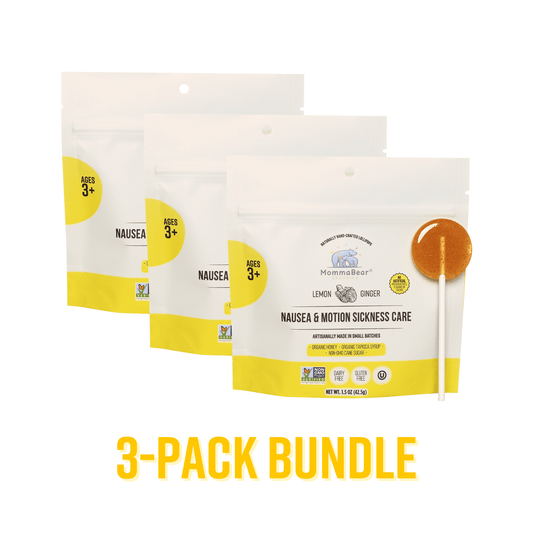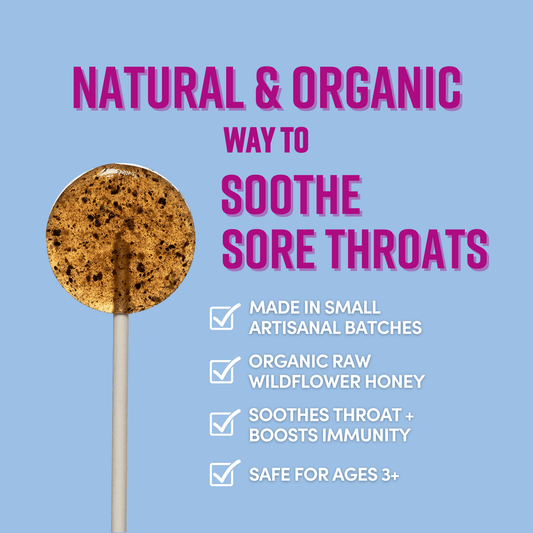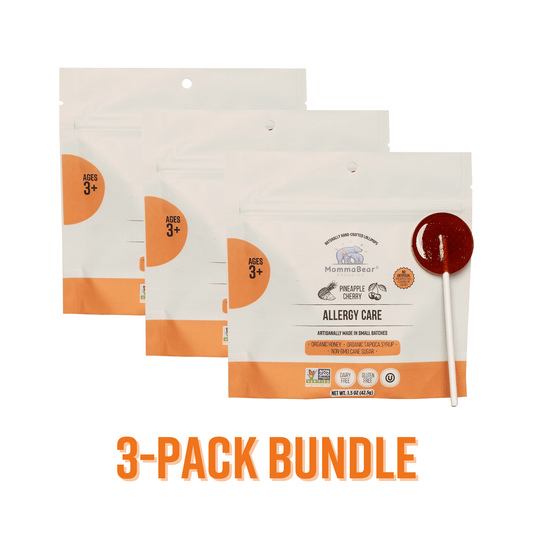In our busy world, filled with all sorts of stress, discovering ways to soothe your nervous system is more important than ever. By using natural methods, like gentle movements and calming poses, you can effectively manage stress and boost your overall well-being. We will explore an incredible array of techniques designed to help you reconnect with both your body and spirit through the joy of movement.
Understanding Your Nervous System
Your nervous system plays a vital role in how your body handles stress. It functions like a command center, processing information and coordinating your responses to various internal and external stimuli. By understanding its components, you can take positive steps toward managing stress effectively.
The Role of the Nervous System in Stress Response
The nervous system consists mainly of two branches: the sympathetic nervous system and the parasympathetic nervous system. The sympathetic system kicks in during stressful situations, preparing your body for a fight-or-flight response. In contrast, the parasympathetic system works to calm the body down, promoting relaxation and recovery.
When you're under stress, the sympathetic system dominates, leading to increased heart rate, heightened alertness, and feelings of anxiety. Understanding this balance is crucial for implementing effective nervous system calming techniques. For instance, practices such as deep breathing, meditation, and mindfulness can activate the parasympathetic system, helping to restore equilibrium and reduce stress levels. By consciously engaging in these activities, you can train your body to respond more adaptively to stressors over time.
The Connection Between Physical Movement and the Nervous System
Physical movement is a powerful tool for influencing your nervous system. Engaging in various forms of exercise can stimulate the parasympathetic nervous system, promoting feelings of calmness and relaxation. Movement not only enhances blood circulation but also releases endorphins, which are natural mood lifters.
Regular movement is a wonderful way to ease chronic stress, leading to improved mental health and well-being. By connecting your mind and body through activities like yoga and tai chi, you can experience a deeper sense of balance and harmony. These practices not only promote gentle energy flow throughout your body but also provide meaningful ways to combat stress and anxiety in our busy lives.
Adding a touch of nature to your exercise routine can really boost these positive effects! Research shows that exercising outdoors can lift your spirits, sharpen your mind, and help you feel more relaxed. Whether you're taking a brisk walk in the park or enjoying a scenic hike in the mountains, spending time in nature offers a refreshing experience that enhances the benefits of movement for your nervous system.
The Importance of Natural Methods for Calming the Nervous System
With numerous options available, understanding the importance of natural methods for stress relief is essential. Increasingly, people are seeking alternatives to pharmaceuticals, often finding relief through holistic practices.
The Benefits of Natural Stress Relief
Natural methods of stress relief have several advantages:
-
Minimized side effects compared to medication
-
A holistic approach that addresses both mind and body
-
Accessibility: many techniques can be practiced anywhere
-
Empowerment: individuals learn to manage their stress actively
Adopting these wonderful practices can pave the way to a healthier, more balanced life, helping you feel free from reliance on medications that may have side effects. Activities like yoga, meditation, and deep-breathing exercises are not just fantastic for reducing immediate stress; they also build up emotional resilience in the long run. Plus, when you engage in regular physical activity, you get to enjoy those lovely endorphins—nature's very own mood boosters—which can really uplift your overall sense of well-being.
Why Choose Natural Methods Over Medication
While medication can be effective for some, it often comes with risks and side effects that can hinder overall quality of life. Natural methods, such as movement and mindfulness practices, interact more harmoniously with the body’s systems.
Natural methods can beautifully blend personal preferences and habits, making your journey toward wellness not just achievable but truly sustainable. They inspire a deeper understanding of your body, helping you build lasting resilience against stress. For instance, engaging in practices like tai chi and qigong does wonders for your physical health while also fostering mental clarity and emotional balance. These gentle exercises gracefully combine movement, breath control, and meditation, creating a nurturing approach to stress management that cares for both your body and mind.
Connecting with nature through delightful activities like hiking or gardening has been shown to lower cortisol levels and bring a sense of peace. Simply being outdoors can uplift your mood and deepen your connection to the environment, which can easily fade in our fast-paced, tech-centric lives. As you embrace these natural methods, you'll often uncover a renewed sense of purpose and community, making your journey toward holistic wellness even more enriching.
Exploring Different Movements for Nervous System Calming
Numerous physical practices can assist in calming the nervous system. These movements not only promote relaxation but also enhance physical strength, flexibility, and balance. Engaging in such activities can create a harmonious connection between the mind and body, allowing for a more profound sense of well-being. Understanding the various techniques available can empower individuals to choose the right practices that resonate with their personal needs and preferences.
Yoga Poses for Stress Relief
Yoga is well-known for its ability to calm the mind and body. Several specific poses are particularly effective for stress relief:
-
Child’s Pose: A resting position that promotes relaxation and gentle stretching of the spine.
-
Cobra Pose: Opens the chest and improves breathing, fostering a sense of upliftment.
-
Legs-Up-The-Wall Pose: Encourages blood flow back to the heart and promotes calmness.
Incorporating these poses into your daily routine can provide quick stress relief, making yoga a valuable asset in your toolbox for nervous system health. Beyond these poses, the practice of mindfulness during yoga can further enhance its calming effects. By focusing on the breath and being present in each movement, practitioners can cultivate a deeper sense of inner peace, allowing them to navigate daily stressors with greater ease. Additionally, the rhythmic nature of yoga can help synchronize the body and mind, creating a soothing effect that lingers long after the practice has ended.
Tai Chi Movements for a Calm Nervous System
Tai Chi is another excellent practice for calming the nervous system. This ancient martial art focuses on slow, deliberate movements that promote mindfulness and body awareness. Key benefits include:
-
Enhanced balance and coordination
-
Improved mental clarity and focus
-
Stress reduction through meditative movement
The fluid movements of Tai Chi can help reduce muscle tension and promote feelings of tranquility, making it a wonderful addition to your stress management routine. Tai Chi is often described as "meditation in motion," as it encourages practitioners to connect with their breath and the present moment. This connection can lead to a profound sense of relaxation and mental clarity, allowing individuals to release pent-up stress and anxiety. As a low-impact exercise, Tai Chi is accessible to people of all ages and fitness levels, making it a versatile option for anyone looking to enhance their overall well-being.
Breathing Techniques to Complement Movements
Breathing techniques can significantly enhance the effectiveness of physical movements or yoga practices. By harnessing the power of the breath, you can deepen your relaxation response.
The Power of Deep Breathing
Deep breathing, or diaphragmatic breathing, involves fully engaging the diaphragm to fill your lungs with air. This technique helps to activate the parasympathetic nervous system, which is responsible for promoting a state of calm and relaxation. By consciously focusing on your breath, you can shift your body from a state of stress to one of tranquility, allowing for a more centered and mindful experience.
Benefits of deep breathing include:
-
Reductions in anxiety and stress levels
-
Improved emotional regulation
-
Increased energy levels through oxygenation
Taking a few minutes each day to focus solely on your breath can have profound effects on your mental health and overall well-being. Incorporating deep breathing into your daily routine can lead to better sleep patterns, as it helps to quiet the mind and prepare the body for rest. This simple yet powerful practice can serve as a foundation for a healthier lifestyle, promoting not just physical wellness but also emotional resilience.
Integrating Breathing with Movements and Poses
Integrating your breath with physical movements can magnify the benefits of both. For instance, synchronizing your breath with your movements during yoga can lead to a more profound state of relaxation and mindfulness. This practice not only enhances your physical performance but also cultivates a deeper awareness of your body and its capabilities.
Here’s how you can effectively integrate breathing:
-
Inhale during expansive movements, such as stretching or reaching.
-
Exhale during contractions, such as bending or twisting.
This synchronization fosters a deeper mind-body connection and enhances the calming effects of your physical practice. Additionally, it can help you to maintain focus and concentration, allowing you to stay present in the moment. As you become more attuned to your breath, you may find that your movements become more fluid and intentional, leading to a more satisfying and enriching experience. Over time, this practice can also improve your overall physical performance, as a well-regulated breath can provide the necessary energy and stamina for more challenging poses and movements.
Creating a Routine for Nervous System Health
Establishing a consistent routine is essential for promoting nervous system health. A well-rounded practice combining various movements, breathing techniques, and mindfulness can lead to lasting benefits. Incorporating these elements into your daily life not only enhances your physical well-being but also fosters emotional stability and mental clarity.
Tips for Incorporating Movements into Your Daily Routine
Here are some practical tips to make movements a regular part of your day:
-
Start small: Incorporate just a few minutes of movement each day and gradually increase.
-
Choose activities you enjoy: This will encourage adherence to your routine.
-
Set specific times: Treat your movement practice like any other appointment.
By making movement a priority through intentional scheduling and mindful choices, you can better manage stress levels over time. Additionally, consider mixing different types of movement to keep things fresh and engaging. For instance, alternating between yoga, brisk walking, and dance can provide a variety of benefits, from improved flexibility to enhanced cardiovascular health. This variety not only keeps you motivated but also challenges your body in new ways, promoting overall fitness.
Maintaining Consistency for Long-Term Benefits
Consistency is key when it comes to reaping the full benefits of nervous system health practices. By sticking with a routine, you can develop resilience to stress and cultivate a greater sense of inner peace. The brain thrives on predictability, and establishing a routine can help create a sense of safety and stability in your life.
Consider tracking your progress in a journal or using apps designed to support your wellness journey. Over time, the small changes you implement can lead to significant improvements in your overall quality of life. Moreover, engaging in community activities or group classes can enhance your commitment to your routine. The social aspect of exercising with others can provide additional motivation and accountability, making your journey toward nervous system health not just a personal endeavor but a shared experience that fosters connection and support.
Conclusion
Nurturing your nervous system naturally through gentle movement and breathing techniques can really uplift your mental health and overall well-being. By appreciating how your nervous system plays a role in stress and adding in lovely practices like yoga and Tai Chi, you can truly empower yourself to manage your stress response more effectively. Plus, weaving in deep breathing techniques alongside these activities can make a significant difference, giving you a well-rounded approach to handling anxiety with kindness.
You might also want to consider supporting your immune system with natural remedies from Momma Bear Organics, which can beautifully complement your wellness journey. By creating a warm routine filled with mindful movements and incorporating helpful tools, you’re setting the stage to nurture your nervous system and cultivate a sense of calm that lasts in your life.










